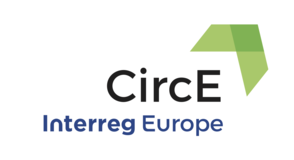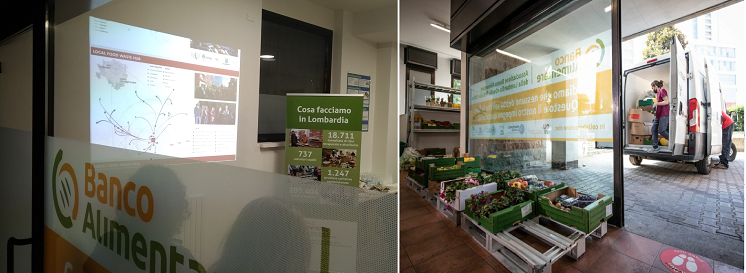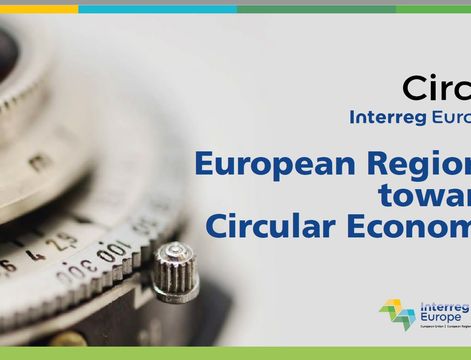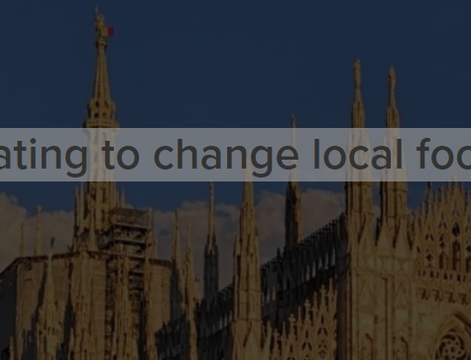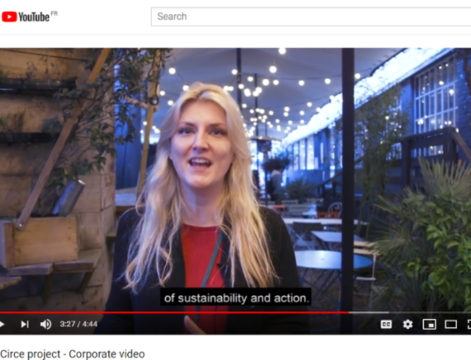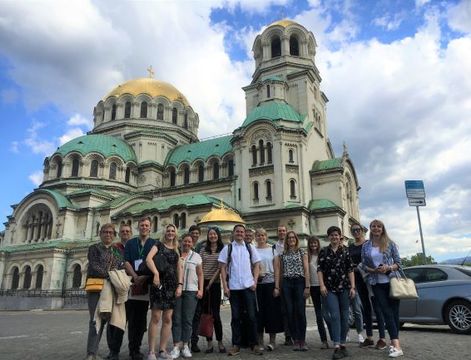The Slovene company Datalab has developed a modular IT farm optimization tool that allows the farmer to have all the necessary information always on what is going on in fields, in the stable, or in the orchard.
"Our key contribution to the circular economy in agriculture is to bring the information about all the processes within the farm into circulation, thus enabling the optimization of operations while at the same time significantly reducing the negative impacts on the environment." Said Andrej Mertelj, CEO of Datalab.
Computerization and optimization of farms is possible and yields positive results in all segments: from optimization of spraying, drawing up a feeding plan, management of vineyards and cellars, optimization of utilization of working machines on large farms, design of crop rotation plans, etc. Pantheon Farming supports all these processes and more: the principles of a circular economy can be introduced with materials (eg nitrate cycle: cow-dung-field-food) as well as in processes, by creating information retrieval loops that enable the complete capture of data.
A typical example is spraying, where in addition to the very needs of plants, the meteorology and quantity of pests are connected to the information loop, which enables the farmer, the fruit farmer or the wine grower to use the spray only when it is necessary. With such an approach, each farm, while optimizing its business, greatly reduces negative environmental impacts. The environmental aspect is one of the more important for the European Commission and is included in the package of measures for the circular economy, which was presented in December last year.
It is also very important that the farmer discerns whether the hectare yield under optimal conditions is really such that the cultivation of a particular plant on a given land under given conditions is economically justified.
The Pantheon Farming program promotes the introduction of the principles of circular economy, as it solves a whole range of problems that arise in the production of food and greatly burdens the environment.
1. It promotes the efficient use and exchange of raw materials. Based on the data collected in the support system, a farmer calculates, in advance, how much feed or dung, and at what time intervals he needs it, how much he / she will produce and how much he / she can sell. Another farmer knows when to additionally buy feed or dung.
2. Analyzing the phosphorus content in dung and feedstock growth increases the quality of the product, and thus the price of both. Not so long ago, this was not possible because there was no appropriate technology - especially sensors and traceability systems - and a system for collecting and processing all key data.
3. The analysis of the current quantities of nutrients in the soil with the help of a mathematical model predicts how much fertilization and at what time intervals in concrete weather conditions is necessary for the plant to be optimally fertilized.
4. The orchard module based on photographs of insect traps analyzes and determines whether insects are injurious insects and in which developmental phase they are. These results correlate with the weather forecast and warn when the crop protection in the form of spraying is needed and when not. In this way, the number of needed sprays can be reduced by half.
5. A solution containing feeding plans in conjunction with feeding robots allows accurate monitoring of how feeding with a particular feed is reflected on the weight of the animal and whether "only" quantities of manure grow, which are, for example, also too rich in phosphates.
In Switzerland, the authorities implement a good policy example. Less than a farmer brings unnecessary phosphates into the field, the higher is the subsidy for agricultural land. Farmers decide therefore whether a greater quantity of crops resulting from more intensive fertilization really outweighs the deduction they receive at the expense of the land tax. In this way, in Switzerland, the fertilization of agricultural land has also been reduced by up to 30%, since the fertilization according to the principle "better to be surely sufficiently fertilized" is well known to have impact in the farmer's wallet.
